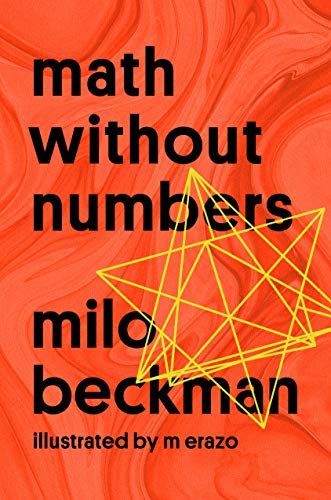To what extent are human organizations already androids?
In my long absence I have been collecting stories illustrating the dependence of organizations on their computers, business software and databases. Perhaps this is old news to most, but our dependance on these tools now seems total. Here are some clues
https://edition.cnn.com/2023/08/29/politics/university-of-michigan-cyber-incident-offline/index.html
In August this year the University of Michigan shut off its internet because of a cyber attack.It basically shut them down until it was fixed. How useful is a computer without the internet? - I think the answer is close to zero? How useful is a human brain without the internet? -well l still say very, but in competition with a human brain plus the internet, it doesn’t look so good.☹️
Update on May 5th, in the UK Marks and Spencers (a Major UK brand) and Harrods have both had hacking problems destroying their ability to do business. They will survive, but the database/business system is a hackable point of failure. How much of this is cold war attacks on the democratic west vs sheer thievery, mendacity and anarchy is hard to know.
https://www.theguardian.com/business/2025/may/03/inside-the-marks-and-spencer-cyber-attack-chaos


